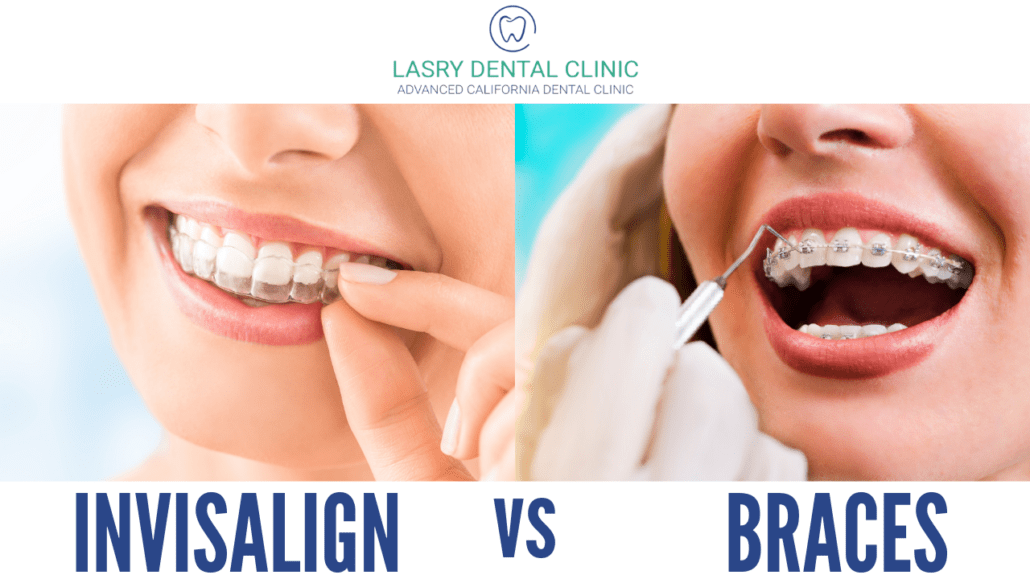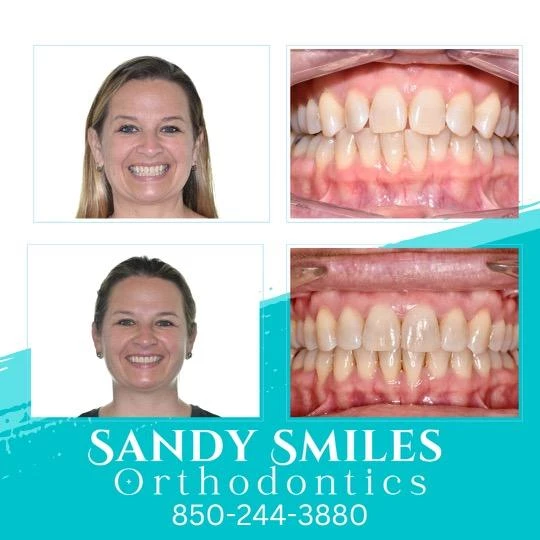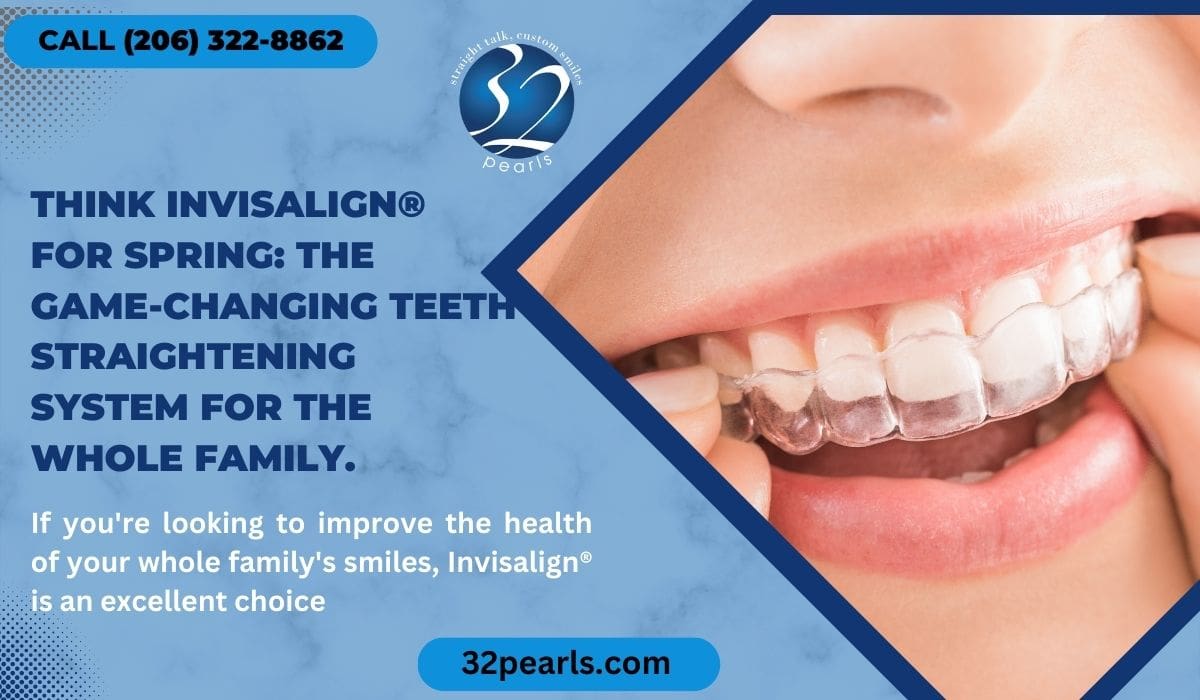Top Reasons to Choose Invisalign Over Other Orthodontic Treatments
Top Reasons to Choose Invisalign Over Other Orthodontic Treatments
Blog Article
Invisalign vs. Conventional Dental braces: Which Alternative Is Right for You?
When thinking about orthodontic treatment, the selection between Invisalign and typical braces offers numerous vital elements that merit mindful evaluation. Invisalign supplies a very discreet alternative with detachable aligners, while typical braces give a much more visible yet efficient option for severe imbalance.
Overview of Treatment Options

In contrast, conventional dental braces are composed of metal braces and cables that are bonded to the teeth. This approach applies continuous stress gradually to achieve alignment. While effective for complicated orthodontic concerns, traditional dental braces call for normal visits for adjustments and can pose obstacles in preserving oral hygiene because of the problem of cleaning about braces and wires.
Both alternatives have their values, and the choice commonly pivots on particular oral problems, way of living choices, and client conformity. Eventually, consulting an orthodontic professional is vital for figuring out one of the most ideal therapy plan customized to individual requirements. Recognizing the subtleties of each alternative can substantially affect the overall success of orthodontic treatment.
Aesthetic Considerations
A considerable factor influencing the choice between Invisalign and typical dental braces is the aesthetic charm each treatment provides. Invisalign aligners are crafted from clear plastic, making them virtually invisible when used.
On the other hand, traditional braces are composed of steel brackets and wires, which can be extra obvious. While improvements in orthodontic innovation have actually resulted in the development of smaller braces and tinted elastics, standard dental braces still maintain an even more noticeable profile. For some individuals, the presence of dental braces might prevent them from seeking needed therapy.
Eventually, the selection in between Invisalign and traditional dental braces might depend upon individual choices pertaining to aesthetics. Individuals that prioritize discernment commonly favor Invisalign, while those who are much less concerned regarding exposure might choose traditional braces. Recognizing the aesthetic ramifications of each choice is vital for making an educated decision that lines up with one's way of life and preferences.
Convenience and Convenience

In regards to benefit, Invisalign aligners are detachable, making it possible for patients to enjoy their favored foods without constraint and maintain optimal dental health. Cleaning and flossing are streamlined, as the aligners can be obtained throughout these routines, whereas typical braces need careful steering around brackets and cords.
In contrast, conventional braces demand normal modifications, making them much less hassle-free for those with busy timetables. On the whole, the convenience and review convenience of Invisalign make it an appealing option for many people looking for orthodontic treatment.
Therapy Duration and Performance
While both Invisalign and conventional braces work in dealing with oral misalignments, the duration of therapy can vary substantially between both options. Typically, Invisalign treatment can take anywhere from 12 to 18 months, relying on the complexity of the situation. The clear aligners function by slowly moving teeth into their wanted positions, and normal follow-ups with an orthodontist aid make sure development continues to be on track.
On the other hand, typical dental braces typically call for a longer dedication, generally varying from 18 months to three years. This is due to their fixed nature and making use of cords and braces, which can be much more effective for severe imbalances and complex cases (Invisalign). The therapy performance of standard dental braces is well-documented, as they enable accurate modifications and greater control over tooth motion
Eventually, the choice between Invisalign and conventional braces may pivot on both the anticipated treatment period and the specific dental problems handy. Consulting with an orthodontist is crucial, as they can offer tailored More Help suggestions based on private needs, making sure the selected method lines up with preferred end results and durations.
Cost Comparison and Insurance Policy Choices
Price plays a substantial duty in the decision-making procedure for individuals thinking about orthodontic treatment, whether opting for Invisalign or conventional dental braces. Generally, the price of Invisalign ranges from $3,000 to $8,000, while conventional dental braces commonly set you back in between $2,000 and $6,000. Elements affecting these expenses consist of the intricacy of the situation, the period of therapy, and geographical location.
Insurance coverage can considerably influence out-of-pocket expenditures. Several dental insurance coverage plans supply partial coverage for orthodontic treatments, however the specifics can vary extensively. It is vital for patients to review their insurance plan to establish the degree of protection for either option. Usually, conventional dental braces may be a lot more regularly covered by insurance policy plans contrasted to Invisalign, which some insurance firms categorize as a cosmetic treatment.
In addition, several orthodontic techniques offer versatile layaway plan, making both treatment alternatives more available. Individuals must make inquiries concerning prospective funding choices and discount rates for upfront repayments. Reviewing the overall cost, consisting of insurance benefits and settlement strategies, is crucial for making an informed decision that aligns with both aesthetic choices and spending plan considerations.

Conclusion
In summary, the choice between Invisalign and standard dental braces pivots on multiple factors, including aesthetic choices, comfort, treatment duration, and expense. Invisalign offers a very discreet, detachable choice that helps with oral hygiene and dietary versatility, while conventional dental braces might be preferable for complex her response oral concerns and often come at a reduced cost factor. Eventually, examination with an orthodontist is vital to examine specific scenarios and establish one of the most appropriate therapy choice for achieving optimal oral positioning.
When taking into consideration orthodontic treatment, the option between Invisalign and traditional dental braces presents several important factors that warrant careful examination.Contrasting Invisalign and typical braces exposes distinct therapy choices for orthodontic improvement.While both Invisalign and standard braces are efficient in dealing with dental misalignments, the period of treatment can differ considerably between the 2 options.Expense plays a significant duty in the decision-making process for individuals considering orthodontic treatment, whether choosing for Invisalign or traditional dental braces.In recap, the choice in between Invisalign and typical braces hinges on multiple elements, consisting of visual choices, comfort, treatment duration, and price.
Report this page